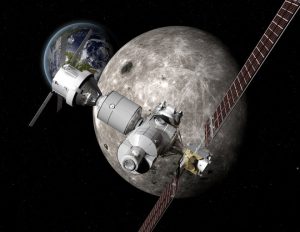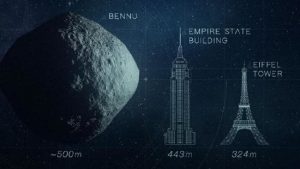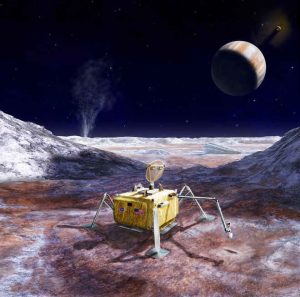It’s been a quiet month as far as space exploration is concerned. The most interesting news items are actually updates of earlier stories but are rather important in the long term.
The first item I’d like to discuss concerns astronaut Scott Kelly and the continuing research into the medical effects of his yearlong mission to the International Space Station (ISS). You may have heard reports that because of his time in space Scott Kelly and his twin brother Mark Kelly were no longer identical that being in space had actually changed Scott’s DNA!! The image below shows Scott and Mark together, Mark is the one with the mustache.

Well that’s not quite true. In fact a very important phrase ‘the expression of’ was left out of some news stories. Now what exactly does that mean? Well, our DNA can ‘express itself’ differently under different environmental conditions.
For example, if you eat a huge amount of food and drink a lot of beer your DNA will express itself by producing a lot of fat cells to store all those calories and you will become obese. On the other hand, if you eat right and exercise you DNA will express itself by producing muscle cells and you will stay trim and fit. Same DNA, it just expresses itself differently depending on what environmental conditions its exposed to.
What the latest medical tests have revealed is that the change in the expression of Scott’s DNA has amounted to about 7%. That’s quite a lot actually but about the same as the results that had been published earlier and within the range of normal variance for DNA expression. Click on the link below to be taken to NASA’s official announcement of the results of Scot Kelly’s medical tests.
https://www.nasa.gov/feature/nasa-twins-study-confirms-preliminary-findings
Before I go on to another subject, Scott Kelly also made some news this week by giving an interview in which he voiced his opinions of America’s space program and its future. The big takeaway from the interview was Scott’s criticism of NASA’s continued low budgets and the increased competition from China. Scott’s warns; “I think that China will overtake the US in the space business–If we allow them to.”
Scott is also concerned about the Trump administration’s recent plans to cut all funding to the ISS starting in 2025 despite the fact that the station’s expected working life takes it to 2028. Kelly is more hopeful when it comes to the scheduled test launches later this year of both Space X’s and Boeing’s space capsules. The first tests this year will be unmanned but hopefully starting next year NASA will no longer be dependent on the Russian’s in order to get our astronauts into space.
And speaking of NASA and the Trump administration the other news this month is that the space agency has continued with its plans to design, build and launch into deep space a Lunar Orbiter Platform called Gateway. The idea behind Gateway is to establish a small space station either in lunar orbit or an orbit around both the Earth and Moon. This station will give NASA experience in operating in deep space as well as a place to carry out solar and astrophysical experiments. The image below shows an image of the planned Gateway station.

The problem is, take a guess, money! Since Trump has directed NASA to a goal of returning astronauts to the surface of the Moon and then on to Mars where’s the money for Gateway. Once again it seems that NASA just can’t seem to set a clear goal for itself and get the funding necessary to achieve it.
NASA has been without a permanent Chief Administrator since Trump took office and just last week the agency’s interim administrator retired leaving NASA without any real boss. Without leadership from congress and the white house America’s space program will continue to founder without direction.
On a somewhat brighter note, NASA is at least making plans for the outside chance that the Earth will be struck by the asteroid Bennu on 21Sept in the year 2135. According to the best estimate the 500-meter in diameter space rock has a 1 in 2,700 chance of colliding with our planet on that day.
Right now the NASA probe Osiris-REx is on its way to Bennu on a mission that includes taking a sample of the asteroid and returning it to Earth. As a part of this mission NASA should get a better idea of Bennu’s orbit and therefore a better idea of whether Bennu is a future danger to Earth.
Should that prove to be the case NASA is developing a concept it calls the ‘Hypervelocity Asteroid Mitigation Mission for Emergency Response’ or HAMMER. Depending on just how big Bennu is HAMMER will impact on the asteroid to nudge it into a safe orbit or carry a nuclear bomb to destroy it. The image below shows the asteroid Bennu compared to a couple of more familiar objects.

Now where have I heard all that before? In a sense NASA is simply using Bennu as an example of a potentially dangerous asteroid to design a mission around. Based on the first part of this post I wonder whether or not by 2135 it will be a Chinese spacecraft that ends up protecting us from Bennu?

